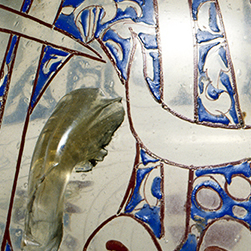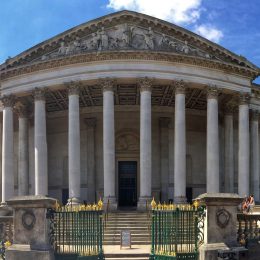Exploring the world of art, history, science and literature. Through Religion

Welcome to TreasureQuest!
Look through the treasures and answer the questions. You’ll collect jewels and for each level reached, earn certificates.
How far will you go?
You need an adult’s permission to join. Or play the game without joining, but you’ll not be able to save your progress.






Are there links to current religious practices or a modern equivalent?
These lamps were hung from a circular metal frame, in large spaces in groups. The circular frames continue to be used in many mosques today, but with plain or frosted glass light bulbs and electric lighting.

Where is it from, where is it now?

Websites
BBC iWonder
Inside the Mosque: What do you need to know?
BBC bitesize
GCSE Revision, Religious Studies – Islam
Podcasts
BBC Radio 4 In our time: The Mamluks
Melvyn Bragg and his guests discuss the Mamluks, who ruled Egypt and Syria from about 1250 to 1517.









 Faculty of Divinity
Faculty of Divinity